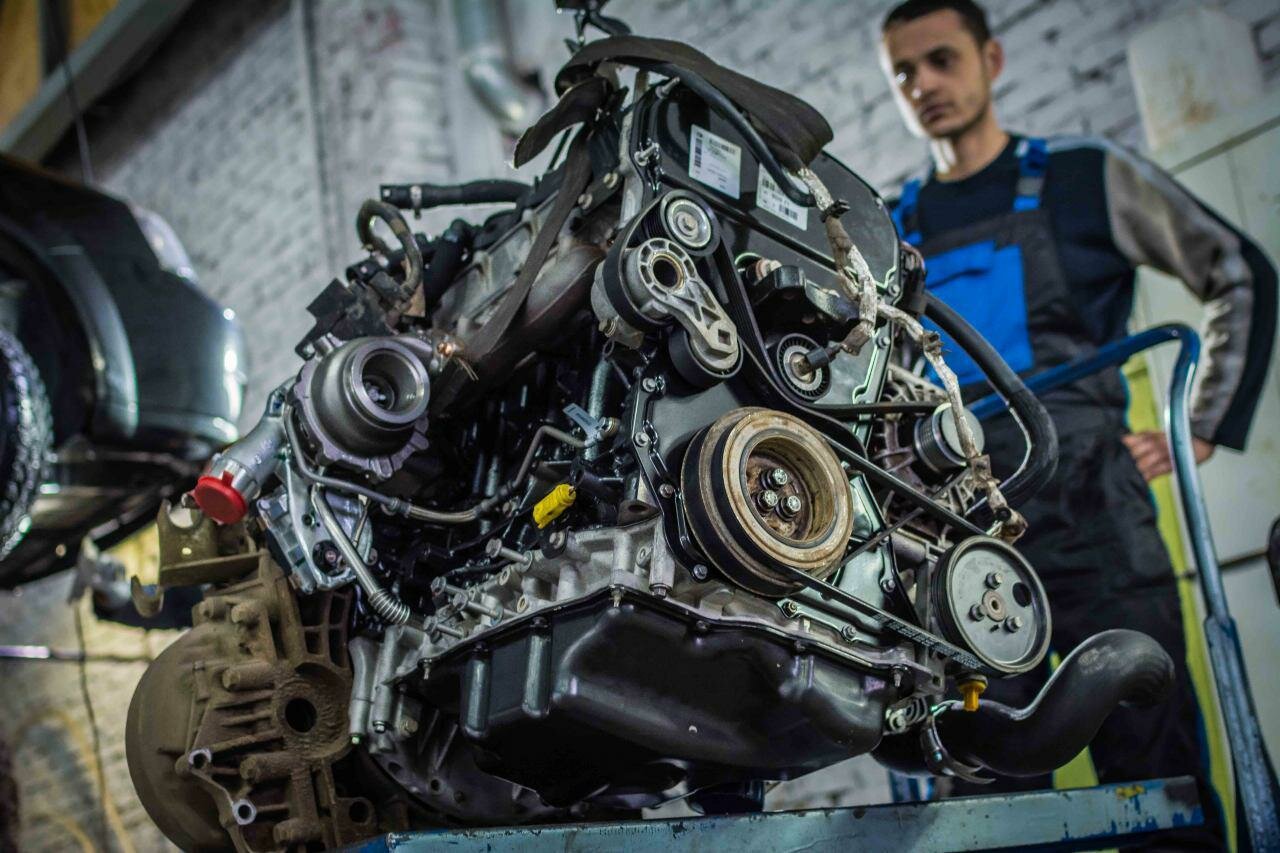How Do Propane Engines Work: Unveiling the Mechanics Behind Efficient Power
Propane engines, also known as LPG (liquefied petroleum gas) engines, have gained significant attention in recent years as a cleaner and more sustainable alternative to traditional gasoline engines. With their ability to reduce emissions and lower fuel costs, propane engines have become a popular choice for a wide range of applications, from vehicles to power generators. In this article, we will delve into the inner workings of propane engines, exploring their key components, combustion process, and advantages over conventional engines.
- Propane Fuel System: At the heart of a propane engine lies its fuel system, specifically designed to handle the unique properties of propane. The fuel system consists of a propane tank, fuel lines, and a regulator that controls the flow of propane to the engine. Unlike gasoline engines, propane engines utilize a vaporized fuel injection system, where liquid propane is converted into a gaseous state before entering the combustion chamber.
- Combustion Process: Once the propane fuel is vaporized, it is mixed with air in the combustion chamber. When the piston moves upward, the mixture is compressed, leading to increased pressure and temperature. At the optimal moment, a spark plug ignites the compressed mixture, resulting in a controlled explosion. This explosion forces the piston downward, converting the chemical energy of propane into mechanical energy, which ultimately powers the vehicle or equipment.
- Advantages of Propane Engines: Propane engines offer several notable advantages over traditional gasoline engines. Firstly, propane is a cleaner-burning fuel, emitting significantly fewer harmful pollutants such as carbon monoxide, nitrogen oxides, and particulate matter. This makes propane engines more environmentally friendly and contributes to improved air quality. Secondly, propane is a domestically produced fuel, reducing dependence on foreign oil and promoting energy independence. Additionally, propane engines tend to have a longer lifespan and require less frequent maintenance compared to gasoline engines, resulting in reduced operating costs for users.
As we delve deeper into the mechanics of propane engines, it becomes evident that they offer a compelling solution for those seeking both efficiency and sustainability. By harnessing the power of propane, these engines provide a cleaner and more cost-effective alternative to traditional gasoline engines. In the following sections, we will explore further details about the operation of propane engines, including their performance, safety considerations, and practical recommendations for users. So, let’s dive into the world of propane engines and uncover the secrets behind their efficient power.
The Mechanics Behind Propane Engines: Unleashing Efficient Power
Propane engines, with their unique design and fuel system, offer a reliable and environmentally friendly alternative to traditional gasoline engines. Understanding how propane engines work is crucial to fully appreciate their advantages and make informed decisions. In this section, we will delve into the inner workings of propane engines, exploring their combustion process, key components, and performance characteristics.
Propane Fuel System
The fuel system of a propane engine plays a vital role in delivering the fuel efficiently to the combustion chamber. It consists of several components, including the propane tank, fuel lines, vaporizer, and regulator. The propane tank stores the liquefied petroleum gas, which is then transported through the fuel lines to the vaporizer. The vaporizer converts the liquid propane into a gaseous state, ensuring optimal combustion efficiency.
The regulator controls the flow of propane from the tank to the engine, maintaining a consistent pressure. It ensures that the engine receives the right amount of fuel for combustion, regardless of variations in external conditions. This fuel system design allows propane engines to operate smoothly and reliably, even in extreme weather conditions.
Combustion Process
The combustion process in propane engines follows a similar principle to gasoline engines but with a few key differences. Once the propane fuel is vaporized, it mixes with air in the combustion chamber. As the piston moves upward, the mixture is compressed, leading to increased pressure and temperature. At the precise moment, a spark plug ignites the compressed mixture, initiating a controlled explosion.
This explosion exerts force on the piston, causing it to move downward. The mechanical energy generated from this downward motion is then transferred to the crankshaft, which converts it into rotational motion. This rotational motion powers the vehicle or equipment, providing the necessary torque and horsepower.
Advantages of Propane Engines
Propane engines offer several compelling advantages over their gasoline counterparts. Firstly, propane is a cleaner-burning fuel, producing significantly lower emissions of carbon monoxide, nitrogen oxides, and particulate matter. This reduction in harmful pollutants contributes to improved air quality and supports environmental sustainability.
Secondly, propane is a domestically produced fuel, reducing dependence on foreign oil and promoting energy independence. This not only strengthens the economy but also provides a more stable and secure fuel source. Additionally, propane engines tend to have a longer lifespan and require less frequent maintenance compared to gasoline engines. This translates to reduced operating costs and increased reliability for users.
Performance and Efficiency
Propane engines are known for their impressive performance and efficiency. Propane has a high octane rating, allowing engines to operate at higher compression ratios and achieve greater power output. This results in improved acceleration and overall performance.
Furthermore, propane engines exhibit better fuel efficiency compared to gasoline engines. Propane has a higher energy content per unit volume, meaning that less fuel is required to produce the same amount of power. This translates to lower fuel consumption and reduced operating costs for users.
Safety Considerations
While propane engines are generally safe to use, it is essential to be aware of potential safety considerations. Propane is a highly flammable gas, so proper handling and storage are crucial. Regular inspections and maintenance of the fuel system are necessary to ensure its integrity and prevent leaks.
It is also important to follow proper refueling procedures, including shutting off the engine and avoiding open flames or sparks during the process. Adequate ventilation is necessary when operating propane engines indoors to prevent the buildup of potentially hazardous gases.
Top views |
|
|---|---|
 |
Oil, Timing Chains, Pistons: What Really Kills an Engine Prematurely? |
 |
How to Choose a Car with a Reliable Engine: Used Car Market Hacks That Actually Work |
Conclusions
Propane engines offer a cleaner, more sustainable, and cost-effective alternative to traditional gasoline engines. Their unique fuel system, efficient combustion process, and numerous advantages make them a compelling choice for a wide range of applications. From reduced emissions and lower fuel costs to improved performance and reliability, propane engines deliver efficient power without compromising on environmental responsibility.
By understanding the mechanics behind propane engines, users can make informed decisions and harness the benefits they offer. Whether it’s powering vehicles, generators, or other equipment, propane engines continue to revolutionize the way we think about power and sustainability. Embracing propane engines is a step towards a greener and more efficient future.




0 Comments